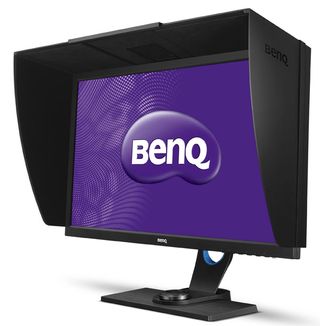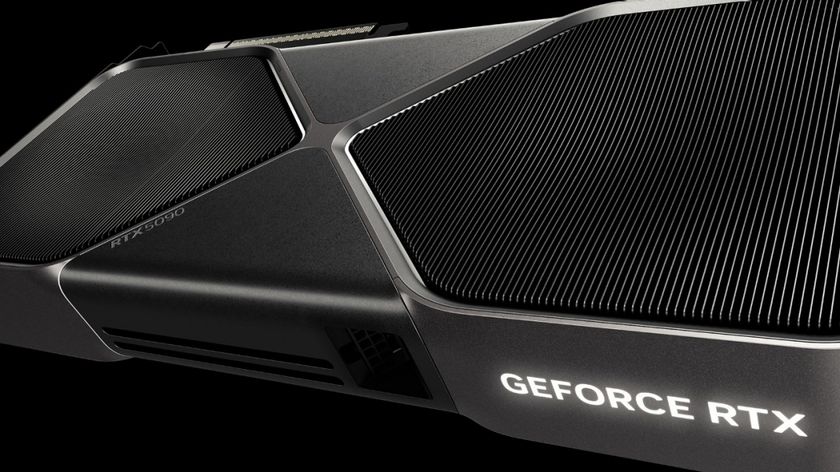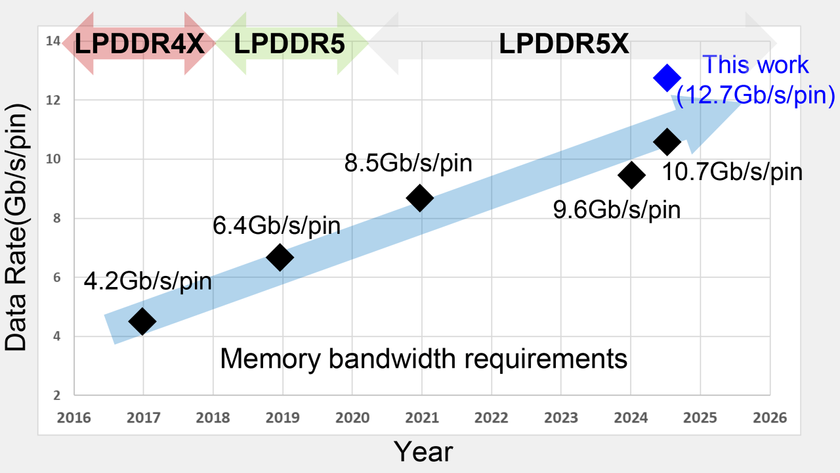Early Verdict
A mainstream-brand 27-inch QHD monitor with an IPS panel will cost you between $400 and $600. The BenQ SW2700PT comes in just above that with the most accurate color we’ve ever seen, high contrast, solid build quality and a wide gamut option. With many comparable screens selling for north of $1000 this is an easy monitor to recommend, and we do so highly.
Pros
- +
Reference-level accuracy, no calibration required, excellent light hood included, premium build quality, bright sharp AHVA panel, slick OSD controller, great value
Cons
- -
Some gaps in Palette Master software but the monitor has no flaws worth reporting
Why you can trust Tom's Hardware
Introduction
Advances in technology for professional monitors don’t come around too often so it’s not unusual to see many months pass between new model introductions. One such change highlighted in our recent review of the Asus PA328Q is the addition of Ultra HD resolution to the genre. Today we’re going to check out a relatively new panel type that we’ve seen on gaming monitors – AHVA.

Advanced Hyper Viewing Angle is a variant of IPS we first saw on Acer’s XB270HU and Asus’ MG279Q gaming monitors. In addition to the accurate color inherent to IPS, this panel type improves off-axis image quality to where there is virtually no brightness reduction or color shift as you move to the sides.
BenQ has decided to incorporate a brand-new AU Optronics panel in the SW2700PT professional display. Like any credible pro-screen it sports a factory-certified calibration and both sRGB and Adobe RGB color gamut options. And it includes a high-quality light hood that will complement any high-end graphics or photography workstation.
Specifications
AHVA achieves its superior viewing angles by tightening the tolerances between the thin-film transistor and liquid crystal layers. With a correspondingly thin grid polarizer, the path becomes shorter from the backlight to the screen surface. This reduces the effects of moving off-axis and improves image quality. It also means lower power consumption because the backlight doesn’t have as much material to shine through before it reaches your eyes.
To add an Adobe RGB gamut to the SW2700PT BenQ has departed from a traditional white LED which relies solely on filters to produce red, green and blue. To achieve the greater saturation required in extended gamuts, colored LEDs with phosphor coatings must be used. A type we’ve seen in the past is GB-r LED which employs green and blue diodes and a red phosphor. This new part uses RB-LED which is red and blue diodes and a green phosphor. In either case the phosphor emits light when excited by the two active diodes. The end result is less reliance on filters to produce color and a larger native gamut. The backlight is also part of BenQ’s Zero Flicker line. It uses constant current rather than pulse-width modulation to control brightness.
BenQ claims errors of less than two Delta E for a specific set of color patches that include grayscale steps as well as multiple saturations of the six primary and secondary colors. This is backed up by an enclosed data sheet unique to each monitor. You also get a complete set of calibration controls in the OSD and an app that enables a fully-automated software calibration. The most impressive part of all is that it comes at price only slightly higher than a typical business-class 27-inch QHD display. We’re anxious to get it on the test bench so let’s take a look.
MORE: Best Computer MonitorsMORE: Display Testing Explained: How We Test Monitors And TVs
MORE: All Monitor Articles
MORE: Latest Monitor NewsMORE: Displays in the Forums

Christian Eberle is a Contributing Editor for Tom's Hardware US. He's a veteran reviewer of A/V equipment, specializing in monitors. Christian began his obsession with tech when he built his first PC in 1991, a 286 running DOS 3.0 at a blazing 12MHz. In 2006, he undertook training from the Imaging Science Foundation in video calibration and testing and thus started a passion for precise imaging that persists to this day. He is also a professional musician with a degree from the New England Conservatory as a classical bassoonist which he used to good effect as a performer with the West Point Army Band from 1987 to 2013. He enjoys watching movies and listening to high-end audio in his custom-built home theater and can be seen riding trails near his home on a race-ready ICE VTX recumbent trike. Christian enjoys the endless summer in Florida where he lives with his wife and Chihuahua and plays with orchestras around the state.
-
muhammad_88 Pretty Neat for 630$Reply
I Work in Offset Printing, and i'm considering this as a proofing monitor.
The acceptable brightness range for this scenario is 80 cd/m2 to 120 cd/m2
For the white point 5000K/D50 and 5500K/D55 are commonly used in CMYK reproduction. For a reference class monitor i hope you start adding these to your reviews for people like myself considering monitors for print proofing -
zodiacfml Wow. AHVA screens are awesome. I'm quite surprised with the lower than expected contrast ratio compared to the Philips 40inch screen with AHVA panel.Reply
This one ticks all my boxes though I wish it could come with 120hz refresh rate. -
ceberle The Philips BDM4065UC is an AMVA panel. This is not the same as AHVA. It's confusing but AHVA is an IPS variant. It has better viewing angles but no difference in contrast. AMVA is a completely different pixel structure which blocks the backlight better and renders lower black levels resulting in superior contrast.Reply
-Christian- -
drewafx Bought it after reading this review.Reply
Definitely better than Dell ultrasharp 27"
Anti-glare is different than typical LG matte ips panel (Better view when looking straight, noise pattern from angle)
Love the color even at sRGB mode. Factory calibration brightness at 93 (too bright at night...need to buy calibrator)
Hence Max brightness at 100 is not that bright (more brightness would be good for HDR)
Backlight Flicker-free is noticeable when changing brightness (smooth transition)
Slight backlight bleed (yellowish around corners)
Doesn't matter when editing photos at center, just bothersome when watching movies with dark scenes
No ghosting, 75Hz tested fine (custom resolution from gpu)
miniDP to DisplayPort cable included, but monitor doesn't have miniDP port
DisplayPort to DisplayPort cable is necessary to work with 10-bit desktop GPU (in my case)
Low blue light mode is subtle and works well
if OLED is not an option, this monitor is good enough for anything
maybe next year...I'm waiting for AMD to release 10bit HDR GPU
so the AdobeRGB space would be more useful...
4K 144hz freesync is overrated...if you care more about vibrant accurate color
I'm wondering how good it could be if BenQ released glossy display like Apple's iMac and Cinema Display
Come on, we got light hood to cover reflections...no need for anti-glare coating
Do Smartphones come with antiglare coating? Not needed even outdoors....just ruins the experience



